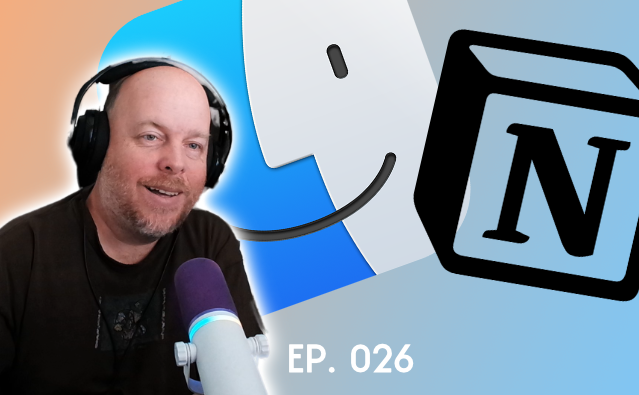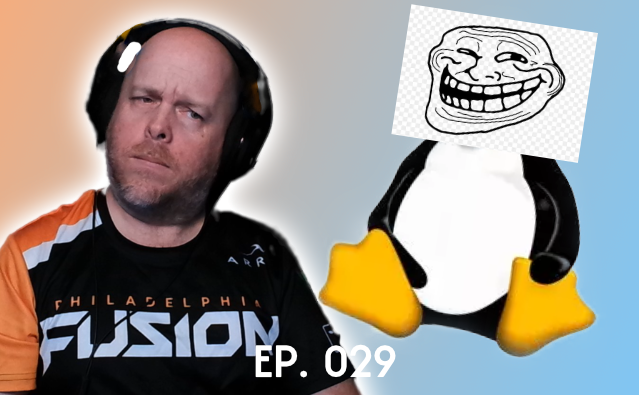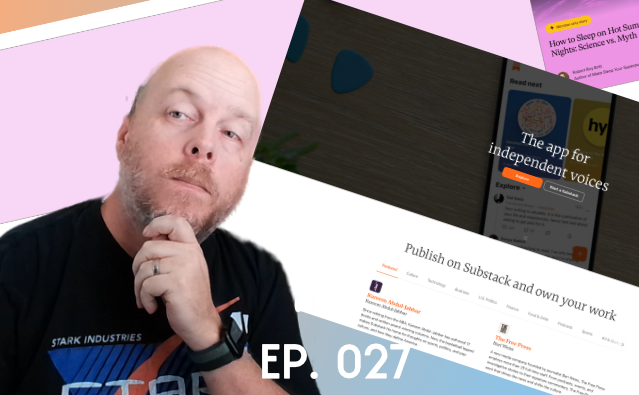The Content Creator's Dilemma: Finding Order in Digital Chaos
Drowning in digital clutter? You're not alone. After hours of overthinking file structures, I found a system that works: consistent naming conventions, templated folders, and a simple task manager. The perfect system doesn't exist—focus on one that keeps you creating rather than organizing.

When my hard drives started resembling a digital junkyard rather than an organized workspace, I knew something had to change. After spending countless hours overthinking file structures and workflow systems, I finally found a method that works for me—and might help you too.
The Para Method: My Journey Into Organization
If you've been in the content creation space for any length of time, you've probably heard of Tiago Forte's PARA method. It stands for Projects, Areas, Resources, and Archives—a seemingly straightforward system that quickly became my organizational rabbit hole.
The problem started when I tried applying rigid definitions to my fluid work. According to PARA, projects have end dates. But wait—does that mean each podcast episode is a project? And if so, do I move it to archives once published? But then what happens to all my linked references in my task manager?
"I started overthinking myself again. And I was like, well, if I keep it here, then it's not really going to live. It's not really a project, it's an area."
I spent hours—literally an entire day plus parts of the previous evening—trying to force my workflow into a system that wasn't quite fitting. The beauty of Forte's method, as he himself says, is that it's customizable. But that flexibility became another decision point in an already overthinking mind.
My Custom Digital Organization System
After much deliberation (and probably too much coffee), I developed a hybrid approach that works specifically for my content creation needs. Here's what I settled on:
- Referenced Prefix System: Each project folder starts with an abbreviation of the content brand (F2H for First Two Hours, IC for Independent Creator, etc.)
- Chronological Nesting: Year, month, and date follow the prefix, making it easy to sort content chronologically
- Descriptive Titling: The actual project name comes last so I can quickly identify what I'm looking at
Inside each project folder, I maintain a consistent structure:
- A-Roll: My talking head footage
- B-Roll: Gameplay footage or supporting visuals
- Audio Assets: Sound effects, music, voiceovers
- Image Assets: Promo images, Discord event banners
- Thumbnail Assets: Screenshots and elements for creating thumbnails
- Video Assets: Raw files after recording but before editing
- Thumbnail Final: The completed thumbnail ready for upload
- Final Render: The completed video, including any shorts derived from it
- Documents: Transcripts, subtitle files, and blog post drafts
This structure allows me to quickly find any asset for any project without digging through nested folders or trying to remember my naming conventions from six months ago.
The Task Management Companion
A file structure is only as good as the system that helps you use it. I've tried everything—ClickUp, countless Notion setups, and more task managers than I care to admit.
"I spend more time doing that than actually doing the work of creating content."
That's the content creator's dilemma in a nutshell. We're so busy optimizing our workflows that we forget to create.
My current solution is deliberately simple:
- Task List: What needs to be done
- Calendar View: When it needs to be done
- Project Links: Direct links to the folder structure in my NAS (which I've named "Starbug" after the ship in Red Dwarf because why not add a little personality?)
Each task contains:
- Recording date
- Edit due date
- Publishing date
- Links to the project folder
- Links to published content (YouTube, blog post, podcast platform)
Breaking The Tinkering Cycle
Looking at my Notion workspace is like viewing archaeological layers of productivity systems. I have at least eight different pages representing prior attempts at the "perfect workflow."
"I have plenty of old habits I need to break from. And this is the reason I wanted to do this episode… to open myself up to you all to say, hey, you know, I'm just probably worse than you in creating organizational debt."
The breakthrough came when I realized I don't need fancy dashboards with charts, Gantt views, and timelines. I just need a clear view of:
- What I want to do (ideas)
- What I'm actively working on (production)
- What I've completed (published)
The Template Approach: Work Smarter, Not Harder
One time-saving technique I've adopted is creating master template folders. Instead of rebuilding my folder structure for each new project, I simply duplicate a template folder, rename it according to my prefix system, and I'm ready to go.
The same applies to graphic assets. For each content brand (Two Ton Waffle, Independent Creator, etc.), I maintain template files in Affinity Designer that include:
- Logo variations
- Header images
- Thumbnail templates
- Discord event banners
I version these with a simple numbering system (01, 02, etc.) so I always know which is the latest design.
Lessons From My Organizational Odyssey
If there's anything I've learned from this process, it's that perfect is truly the enemy of good. I spent so much time trying to create the ideal system that I neglected the very purpose of having a system—to create content more efficiently.
Here are my key takeaways:
- Customize, don't conform: Take inspiration from organizational systems like PARA, but adapt them to your specific needs. Don't force-fit your workflow into someone else's system.
- Consistency trumps complexity: A simple system you actually use is better than a complex one you constantly tinker with. Establish patterns and stick with them.
- Consider future-proofing: Think about how your system will handle growth. Will it still work when you have hundreds of videos or podcasts?
- Link everything: The power of a good system comes from connections. Make sure your task manager links directly to your project folders.
- Name descriptively: Use clear, consistent naming conventions that your future self will understand.
- Version thoughtfully: Keep track of iterations with simple version numbers (01, 02) rather than ambiguous terms like "final" or "latest."
- Cut the bloat: Regularly review and clean up systems that aren't working. It's okay to let go of overly complex methods.
Why This Matters For Creators
We don't often talk about the behind-the-scenes organizational challenges of content creation. It's not as glamorous as camera gear or as exciting as growth strategies. But the truth is, a streamlined organizational system can be the difference between consistent output and creative burnout.
"I have to stop doing this. And that's why I did the video, the channel reflections video and doing this episode tonight."
By sharing my own chaotic journey toward digital organization, I hope to normalize the struggle. Every creator deals with this—whether they're managing a YouTube channel, podcast, blog, or all of the above.
Moving Forward
My current system isn't perfect, and that's entirely the point. It's good enough to keep me productive without becoming another project in itself. I've finally accepted that I don't need to have the most aesthetically pleasing Notion workspace or the most theoretically sound file structure.
I just need systems that work for how I think and create.
So if you're currently drowning in digital clutter or overthinking your own organizational systems, take heart. Occasionally the best approach is to step back, simplify, and focus on what actually helps you create more consistently.
After all, our audiences come for the content, not for the immaculately organized folders behind it.
What organizational challenges are you facing in your creative work? Have you found systems that work particularly well for your workflow? I'd love to hear your experiences in the comments below.



